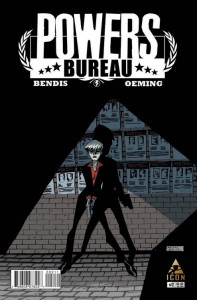 This is a hell of a thing to say, but Brian Michael Bendis’s creator-owned books remind me of having herpes.
This is a hell of a thing to say, but Brian Michael Bendis’s creator-owned books remind me of having herpes.
Hear me out.
To get herpes, you have to get laid (or really enjoy the taste of toilet seats, but I’m going to assume that if that’s your thing, this isn’t the Web site you’re likely to be visiting, what with the lack of the words, “girl” or “cup” in the URL). And that’s good. But then after a while, there is an itch. And that itch lasts for a good, long while, and while you’re waiting for it to pass, it is maddening. And then one day the itch is satiated, and that is awesome… until the itch comes back. And the itch stays for an indeterminate period of time, until the next respite. Which is great… but the whole time, you’re hesitant to get laid again, because as weird and satisfying as the agony-and-the-ecstacy cycle might be for you, it would be a hell of a thing to pass it on to someone else.
[ED. – Rob – this is STUPID. Bendis’s books have nothing to do with herpes. You just seem to want to write about herpes. Get to the Goddamned point… unless there’s something you want to tell me… Amanda]
Okay, here’s the point: Powers: Bureau #2 is the middle of a story in a book that is known as much for being delayed as it is for it’s general excellence. And this issue delivers the best of Bendis’s dialogue, with delightfully perverse imagery and some well-executed suspense and action, albeit with some leaps in logic and mildly confusing story points along the way. However, this issue was a week late from its last solicitation in November, and while the next issue is currently set for two weeks from now, I’ll believe it when I see it. So even though it’s a good issue, it’s like walking in mid-boink… and not knowing when the itching is likely to stop.
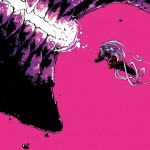
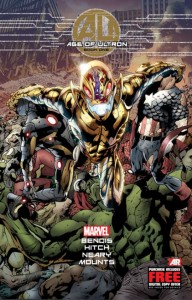
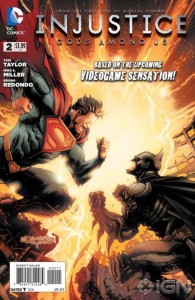
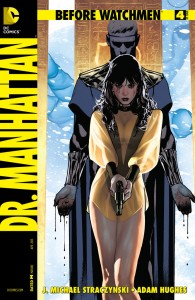
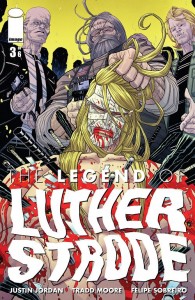
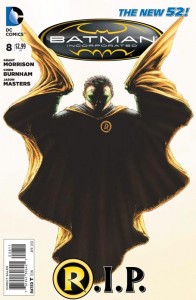
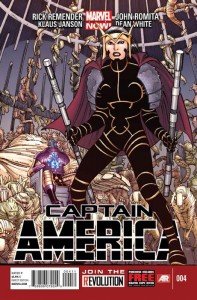
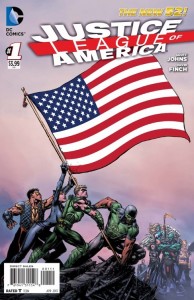

 Podcast RSS Feed
Podcast RSS Feed iTunes
iTunes Google Play
Google Play Stitcher
Stitcher TuneIn Radio
TuneIn Radio Android
Android Miro Media Player
Miro Media Player Comics Podcast Network
Comics Podcast Network